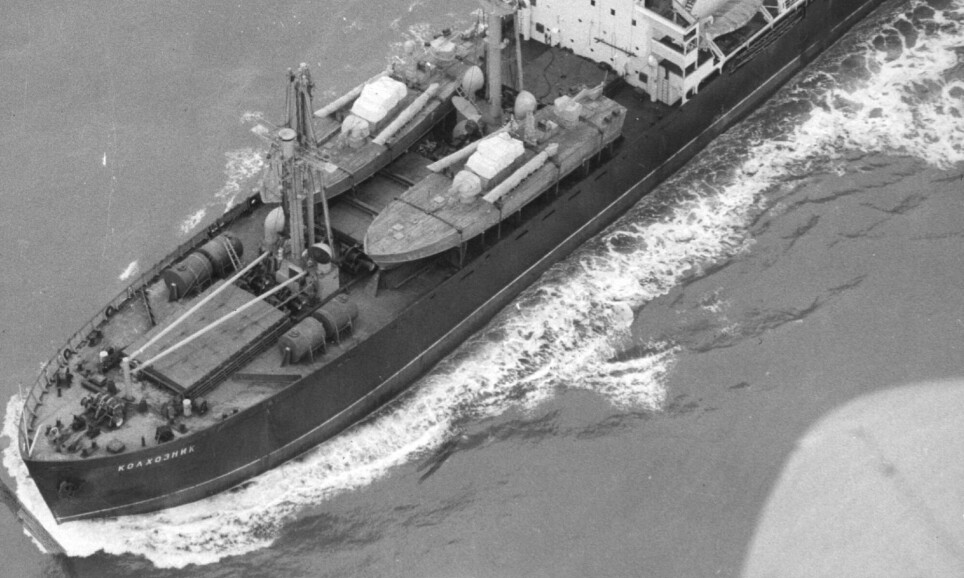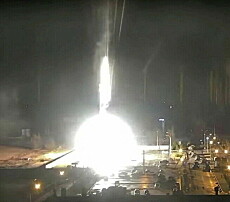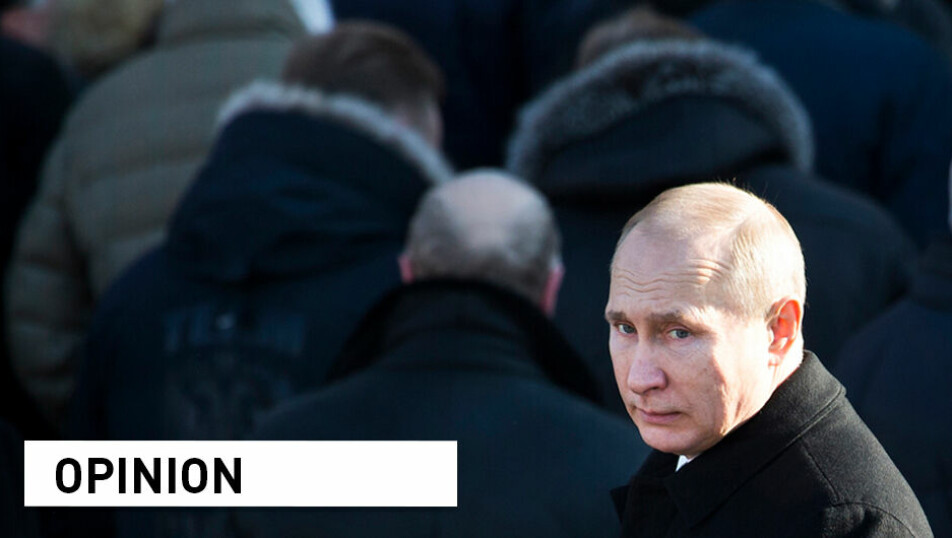
Six decades after the Cuban Missile Crisis, the use of nuclear weapons is again part of the war game
The world has never been closer to nuclear war than when Soviet missiles were installed on Cuba in 1962. Putin is now deliberately unclear about the use of nuclear weapons in Ukraine.
For 60 years, the Cuban Missile Crisis has stood out as a milestone in American foreign policy, where the mantra has been that a nuclear armageddon was avoided as a result of the USA's strong response to the Soviet threat in its own backyard.
It has been said that it is necessary to show a firm attitude, make use of experts' advice and slowly increase the pressure on the opponent, while at the same time giving the person in question the opportunity to get out of the crisis with their prestige somewhat intact.
The lessons learned from that time are more relevant today than ever before as fears that Russian President Vladimir Putin will use tactical nuclear weapons in Ukraine continue to grow.
“For the first time since the Cuban Missile Crisis, we have a direct threat to the use of nuclear weapons, if in fact things continue down the path they’d been going,” US President Joe Biden warned in a speech earlier in October.
Was willing to initiate a world war
Senior researcher emeritus and former chief of the Norwegian Institute of International Affairs (NUPI) Sverre Lodgaard sees both similarities and differences in the nuclear aggression today and 60 years ago.
“The Soviet Union was in the process of placing nuclear weapons in the immediate vicinity of the United States. The US thought that was completely unacceptable and was willing to risk a world war over it. The Russians went to war against Ukraine to correct what they feared was going on – that the Western influence in Ukraine could become too great,” Lodgaard tells Norwegian news agency NTB.
There are also differences in how the conflict 60 years ago escalated and how the Russian hints about using nuclear weapons came after many months of war in Ukraine.
“During the crisis in Cuba there were questions about nuclear weapons from day one. In Ukraine, Russian threats about the possible use of nuclear weapons have varied and developed over time, but we are still a long way from the situation we had in Cuba,” Lodgaard says.
Catastrophic
The Cuban Missile Crisis began on October 15, 1962, when American spy planes discovered Soviet missiles being deployed in Cuba. These missiles could carry nuclear warheads. The installation sites were only 145 kilometers from Florida and the US mainland.
This was the beginning of a two-week-long intense war of nerves between the two superpowers. War hawks in the Pentagon wanted to respond with a massive bombing of the Soviet deployments. A large-scale American air attack against Cuba would probably have killed most of the 42,000 Soviet soldiers who had been sent to the country.
“I don't know quite what kind of a world we’ll live in after we’ve struck Cuba,” Kennedy's Defense Minister Robert McNamara stated afterwards.
He later wrote that if the Soviet Union had gone for a nuclear attack, the United States would have retaliated in kind. The result would have been catastrophic.
The Americans chose to introduce a blockade around Cuba. Many years later, it became known that negotiations were also carried out via back channels between President John F. Kennedy and his Soviet counterpart Nikita Khrushchev.
On the brink of the end of humanity
Many of the president's closest advisers believed a world war was imminent.
According to Minister of Justice Robert Kennedy, the crisis brought the world to the brink of nuclear annihilation and the end of humanity. He was one of his brother's closest advisers.
Disaster was averted when Soviet vessels with missiles on board chose to turn around at the American blockade line on their way to Cuba on October 28, 1962.
Red lines and good back channels
According to Sverre Lodgaard, the lesson learned from the Cuban Missile Crisis was that red lines that should not be crossed, and effective back channels, are important.
“We do not know whether such talks are taking place with the Russians right now. It is quite possible that it is happening between the USA and Russia. If that is the case, they will be held in utmost secrecy. Some red lines exist today, but there are also areas that the parties keep deliberately unclear. It's part of the game. The Russians are unclear about what will eventually trigger a nuclear attack, and the Americans do not say much about the response except that it there will be “catastrophic consequences”. However, they remain unclear about what they intend to do. Both parties benefit from these uncertainties,” Lodgaard tells NTB.
———
Translated by Alette Bjordal Gjellesvik.
Read the Norwegian version of this article on forskning.no
------


































